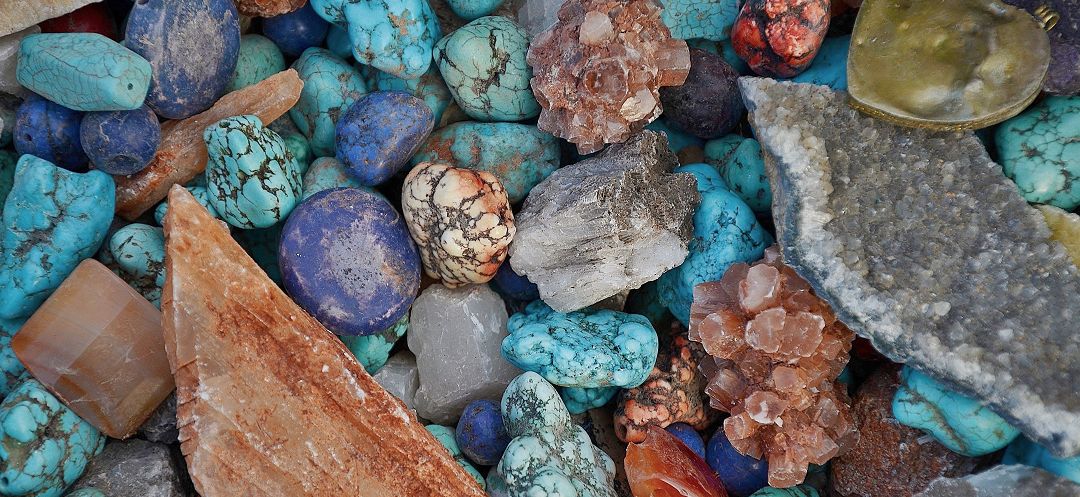Term (also minerality or mineralic) for the smell and taste of a wine in the context of a wine address. However, the term is hotly debated and is not uncontroversial even among professional wine critics, because minerals alone do not possess a taste, but at best substances enclosed in them (see also under the keywords ash and nutrients). Not so few experts (wine critics) think that the term is overused and used for different sensory perceptions. In any case, it conveys a very positive impression and is associated by many consumers (whether rightly or wrongly remains to be seen) with a "higher or better quality".

Mineral soils
A mineral character is usually attributed to wines that have grown on soils with a high mineral content. These are soil types with flint, limestone, granite, slate or volcanic content. The clay often reminds of damp earth, ground stones, lime, chalk, herbs, leather, tar and also metal. The wines appear hard and cool and can also have a salty tone, although the two terms are often used synonymously. They often have no or only a weakly pronounced fruitiness. As a wine ages, the mineral tones become even more prominent. The fact is that not all taste impressions can be attributed to the soil. The cause can be, for example, phenols, aromatic substances formed during fermentation such as thiols (mercaptans) or likewise special characteristics of a grape variety. Dry wines with pronounced acidity often convey a note reminiscent of grapefruit and are described as mineral.
Terroir study
At the Neustadt wine campus in the German state of Rhineland-Palatinate, physical standards for minerality were defined in an extensive terroir study conducted between 2004 and 2008. This allowed minerality in wine to be scientifically documented, sensorially reproducible and proven. It was determined that minerality does not come from dissolved minerals in the wine, because these cannot volatilise, cannot be smelled and cannot be tasted.The expression of minerality does not necessarily have to do with the proportion of components such as calcium, magnesium and potassium. Rather, minerality correlates with acids, citrus aromas and, in connection with flint, sulphurous substances.
Mineral wines
Mineral-tasting wines contain few minerals. Wines with many minerals buffer the acidity better and appear softer on the palate. When tartaric acid is added to the must, the potassium in the must precipitates as tartar. This reduces the mineral content. The result is a wine that is low in minerals but more present in acidity. Minerality in the taste can be brought about by acidification, which leads to a certain astringency. However, this does not result from phenols, but only from higher tartaric acid levels. See also under wine evaluation and wine appeal.
Voices of our members

The glossary is a monumental achievement and one of the most important contributions to wine knowledge. Of all the encyclopaedias I use on the subject of wine, it is by far the most important. That was the case ten years ago and it hasn't changed since.
Andreas Essl
Autor, Modena